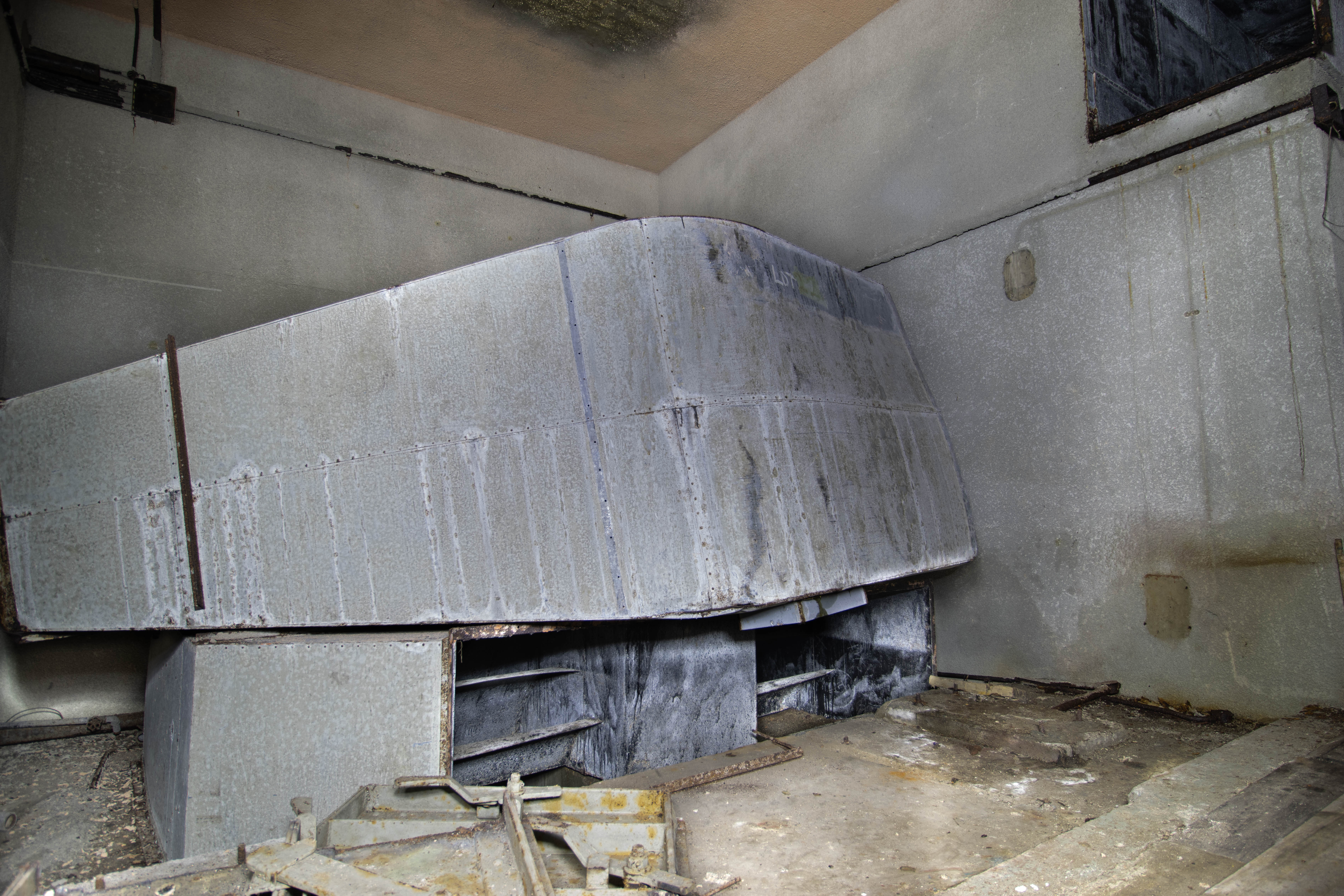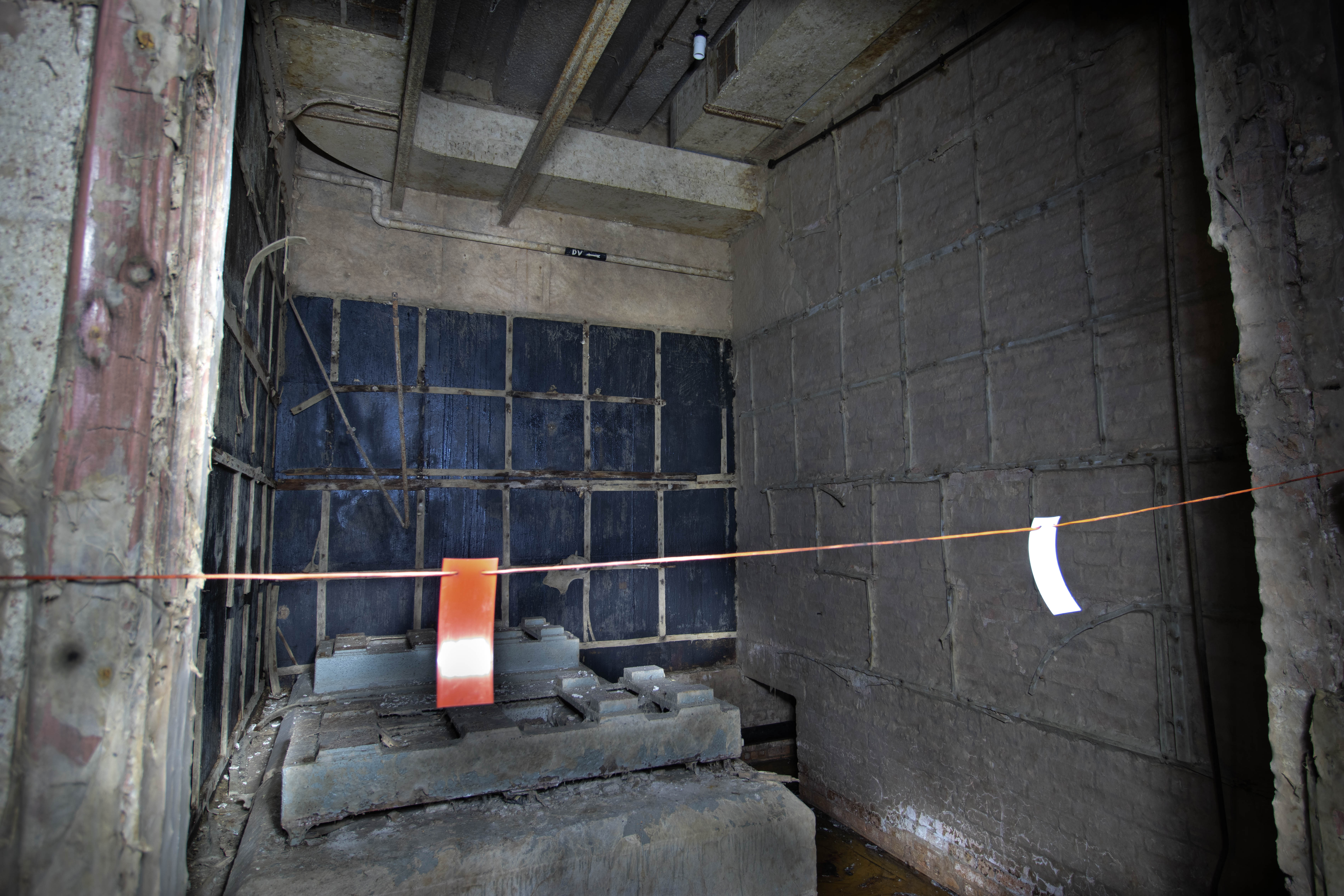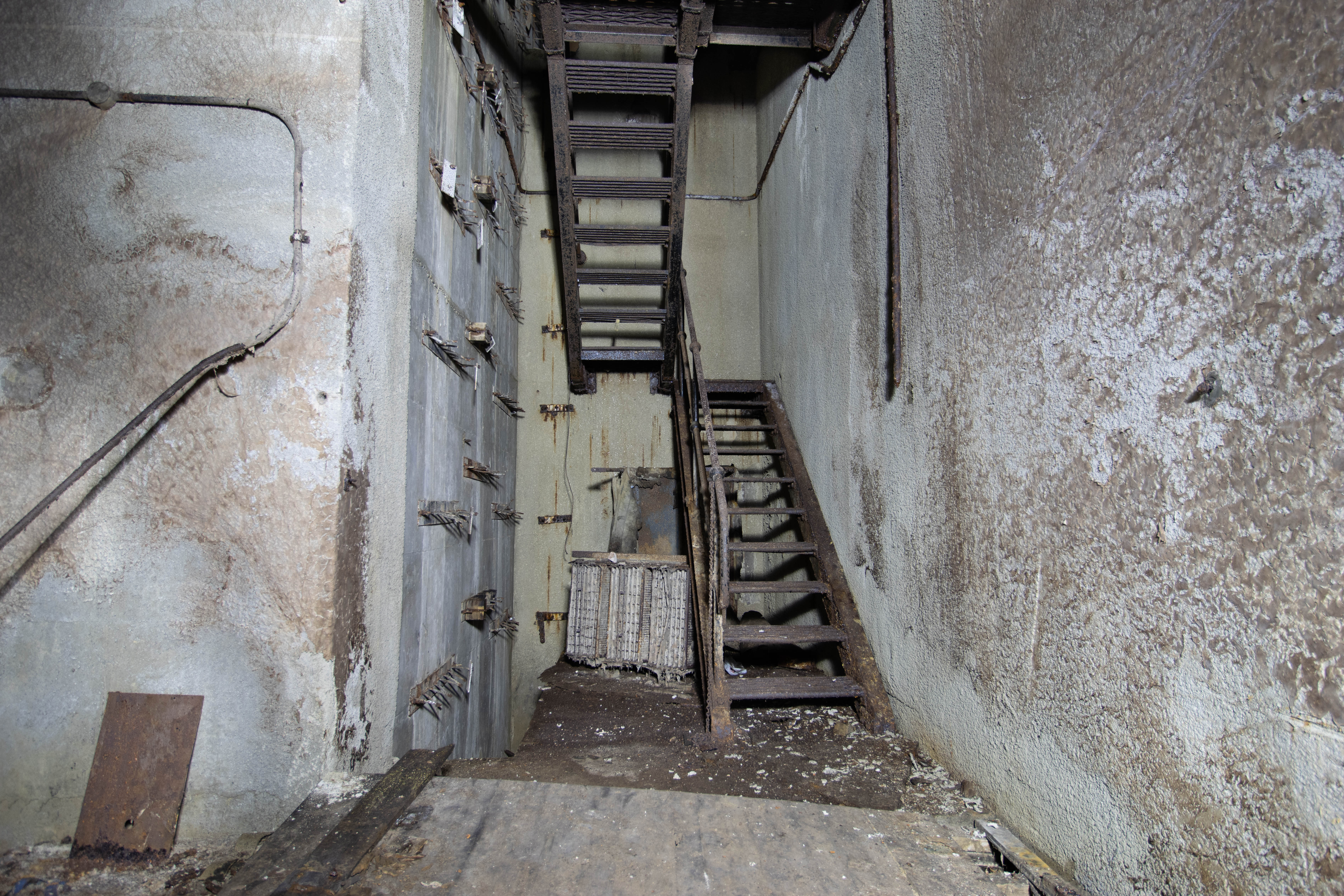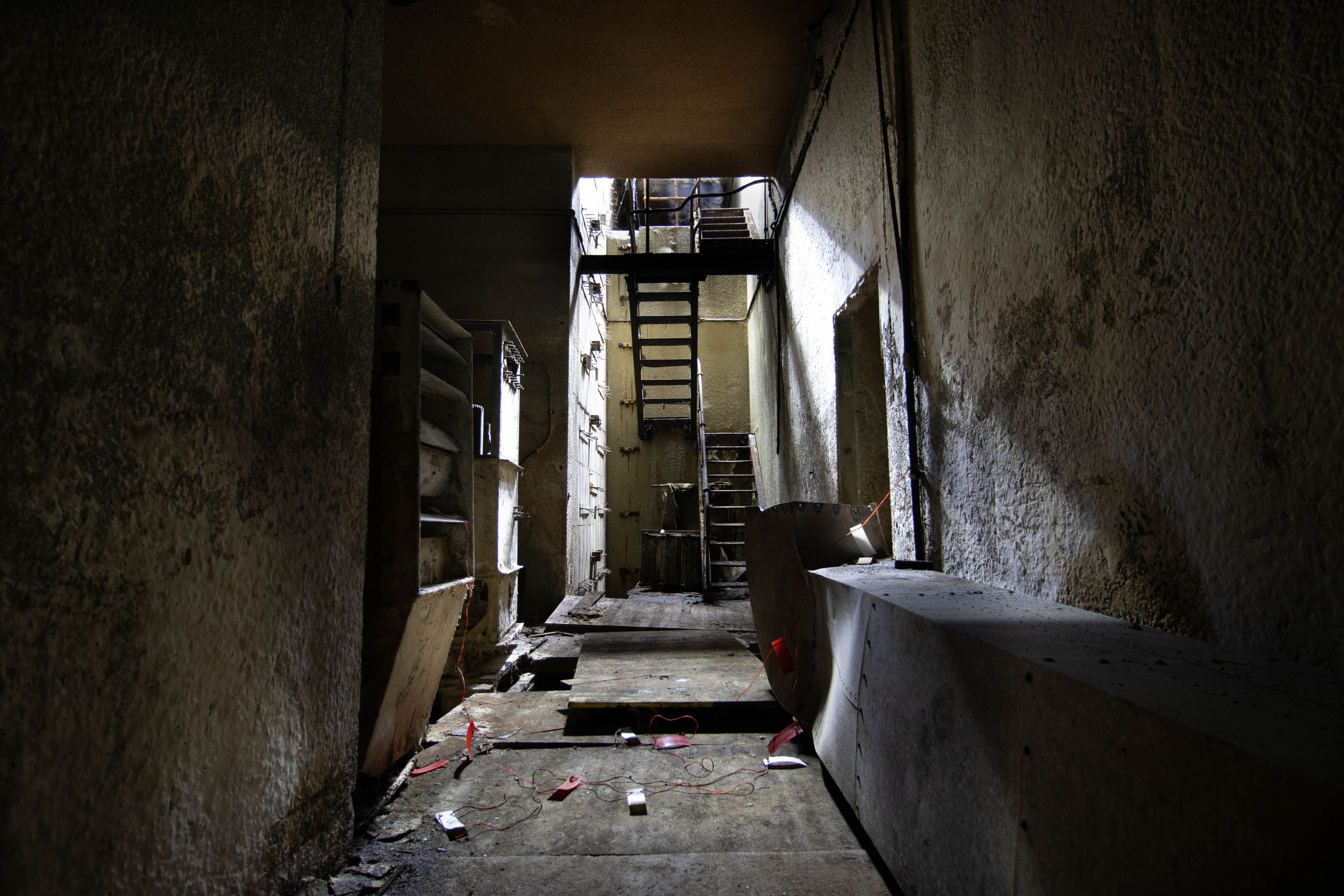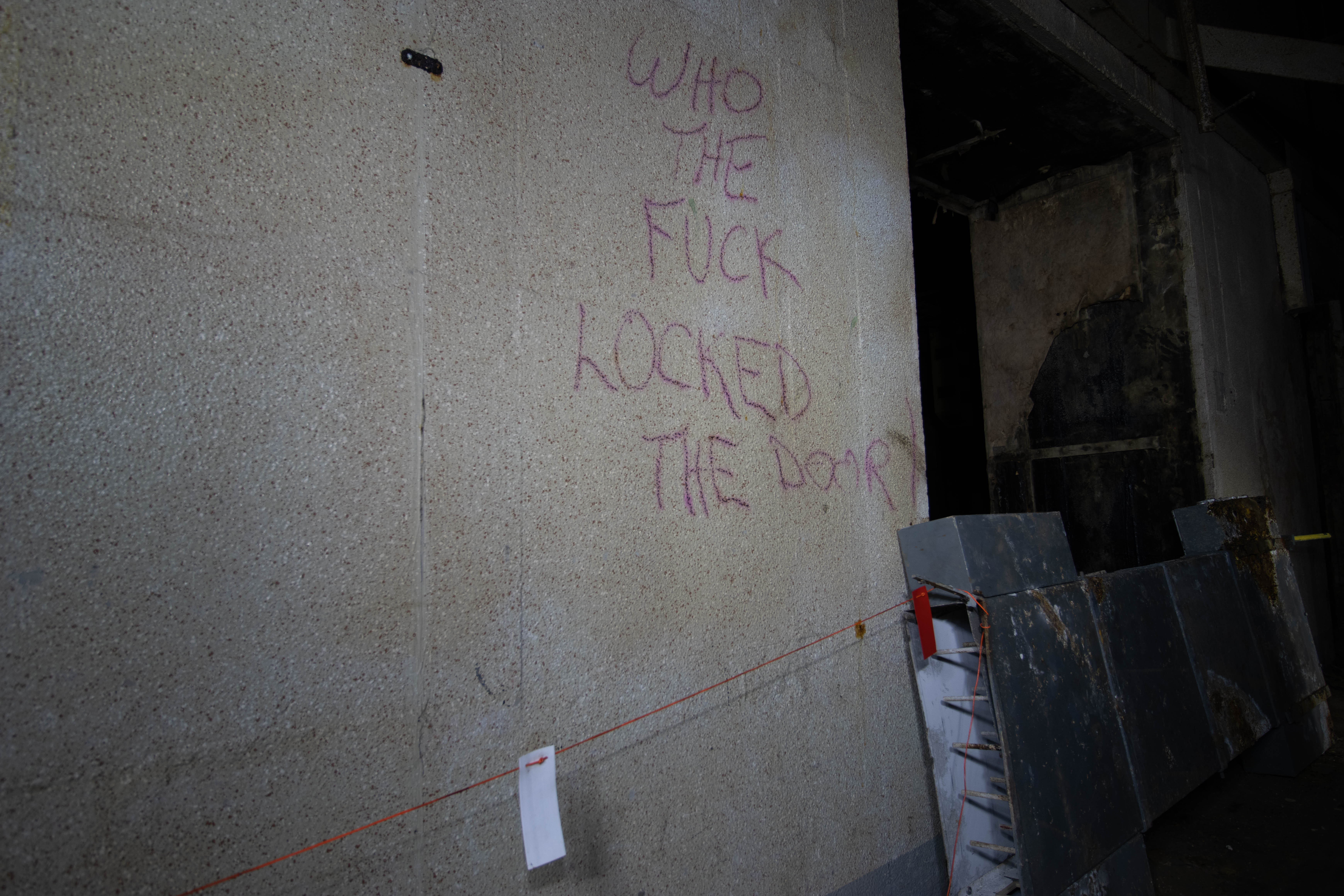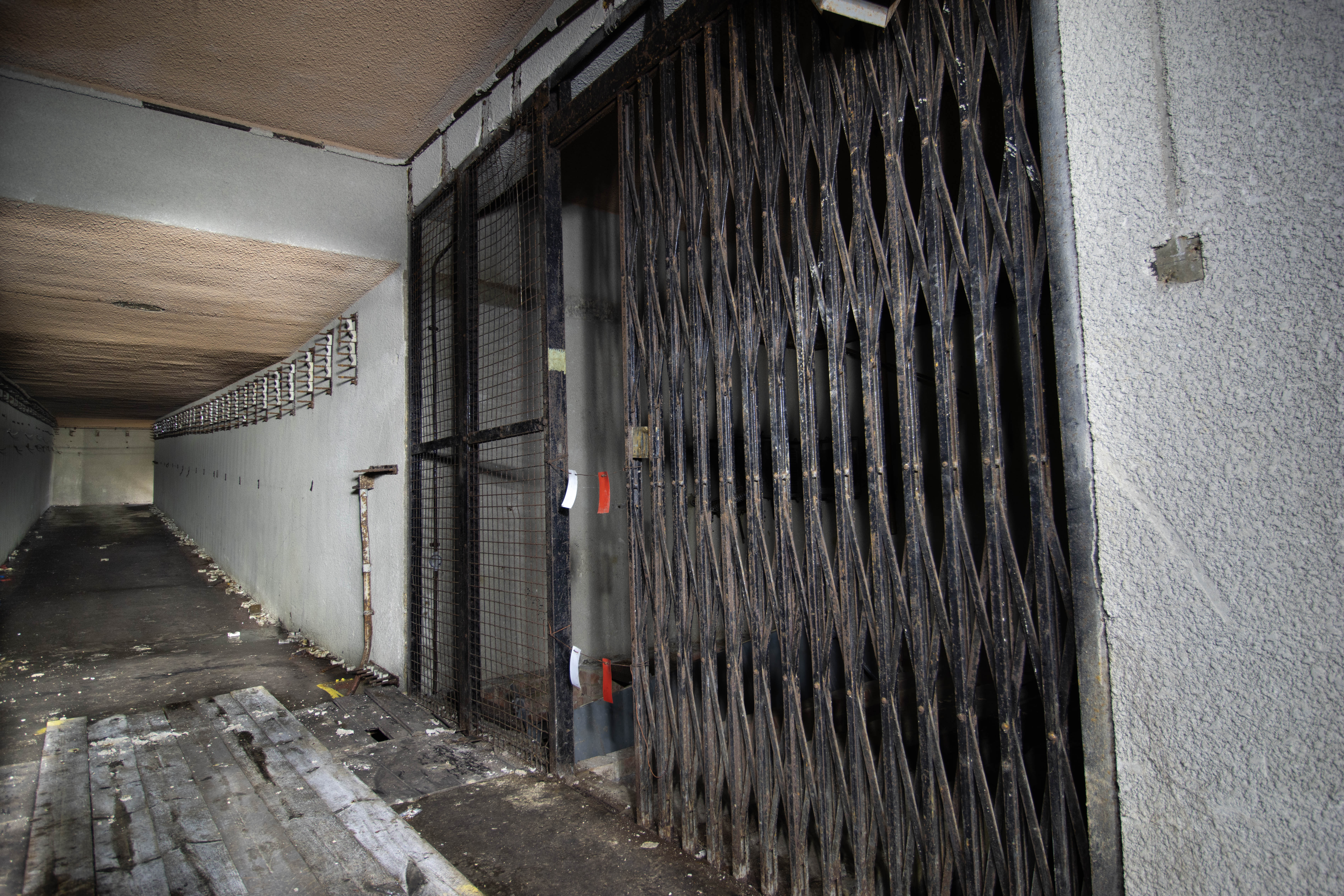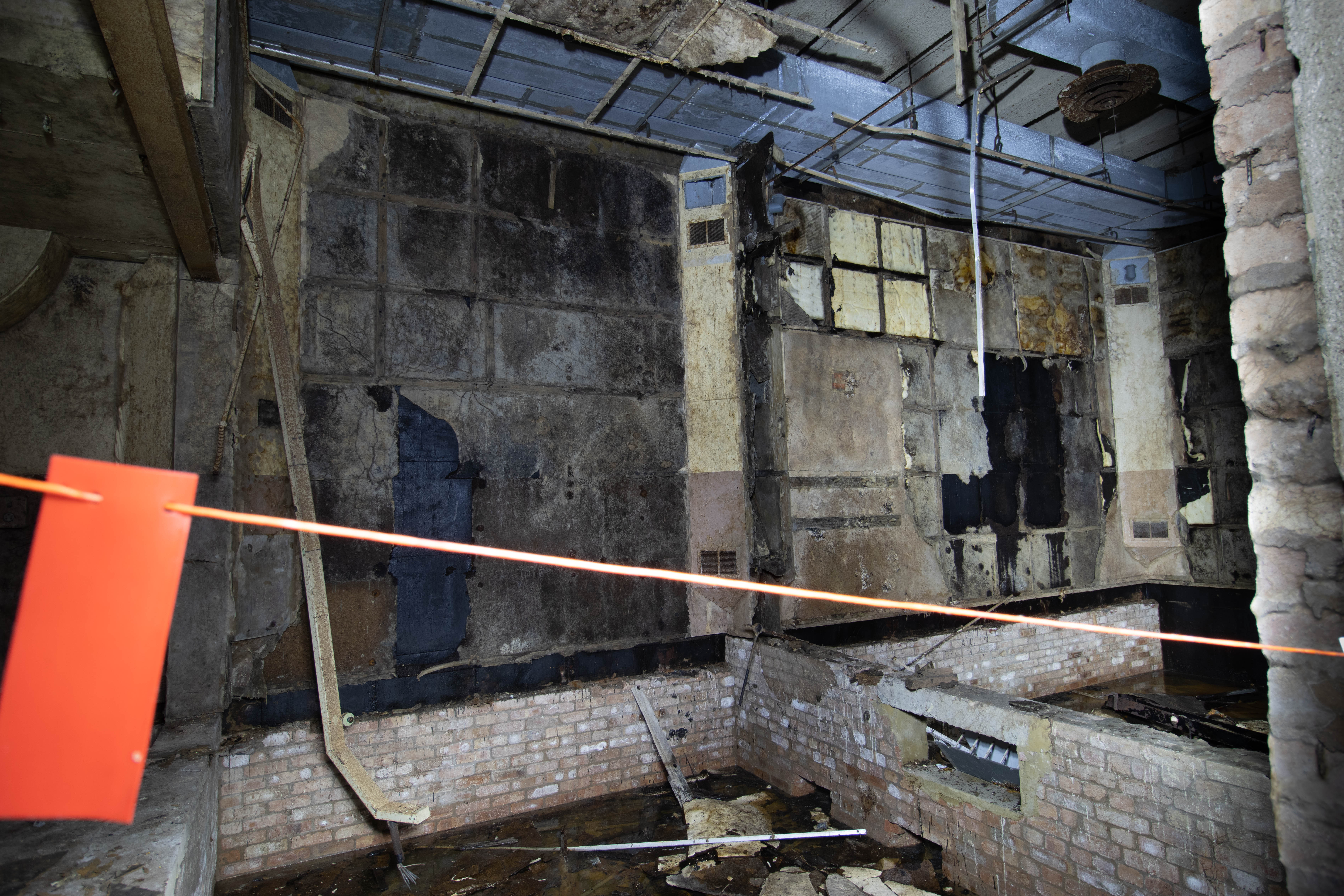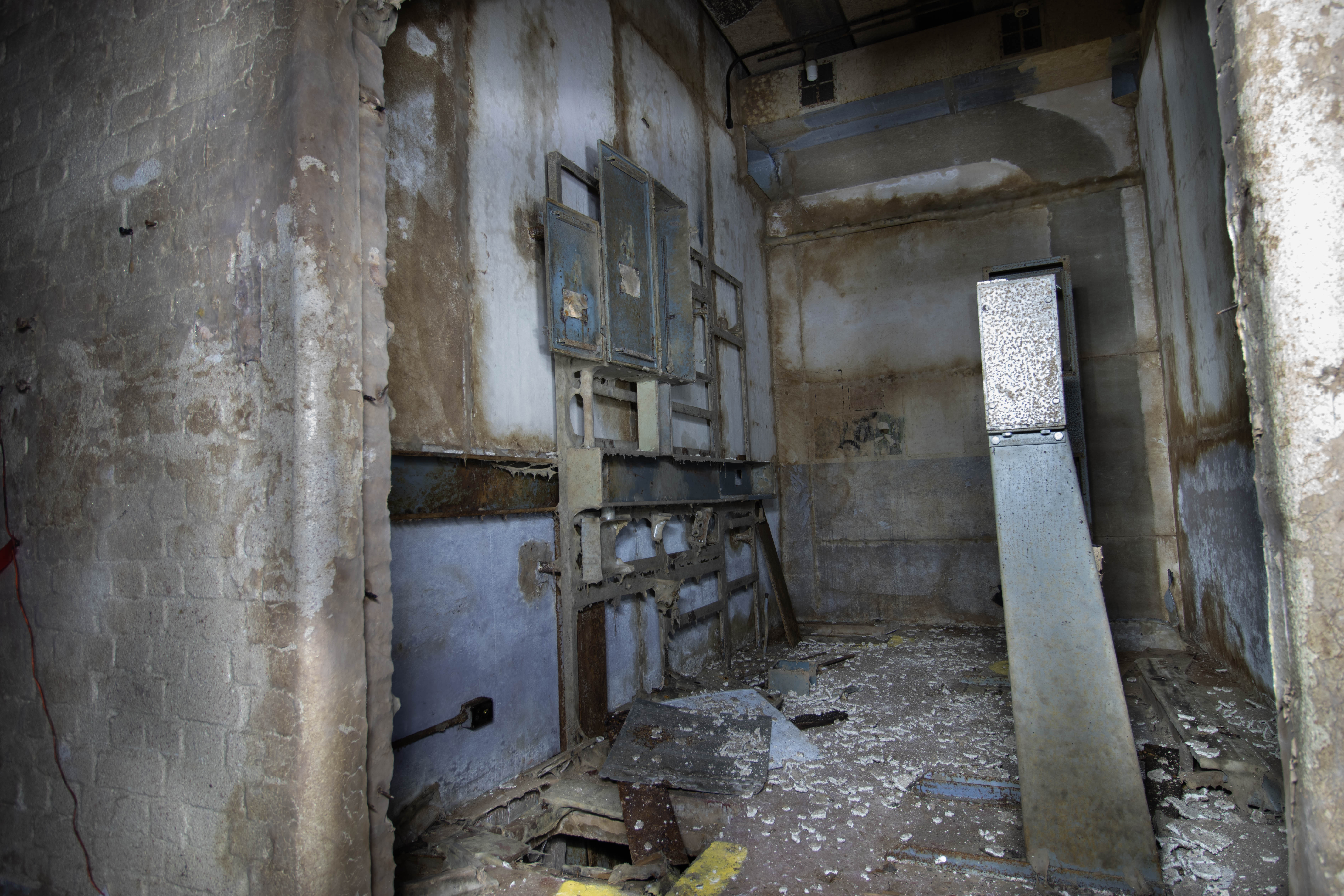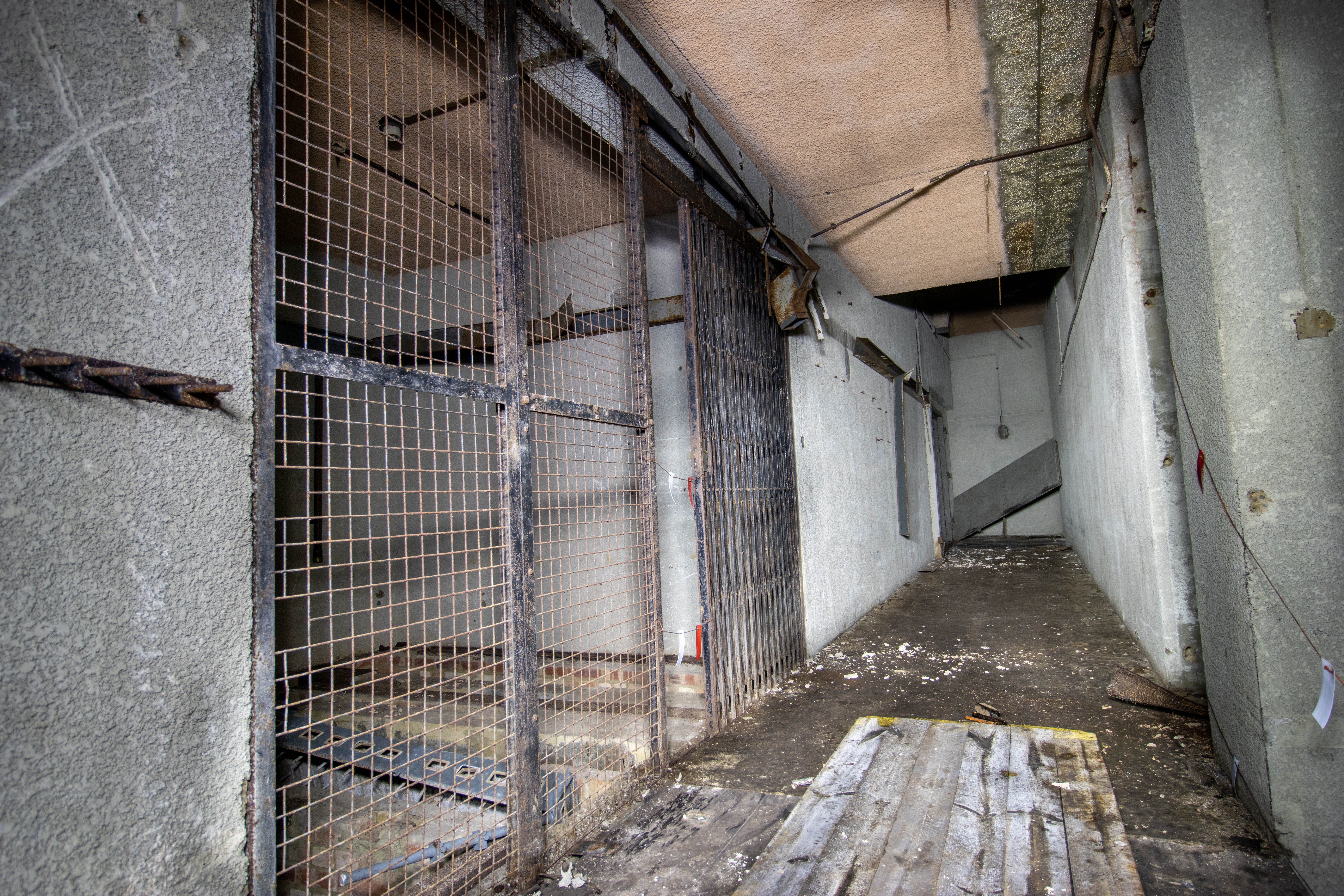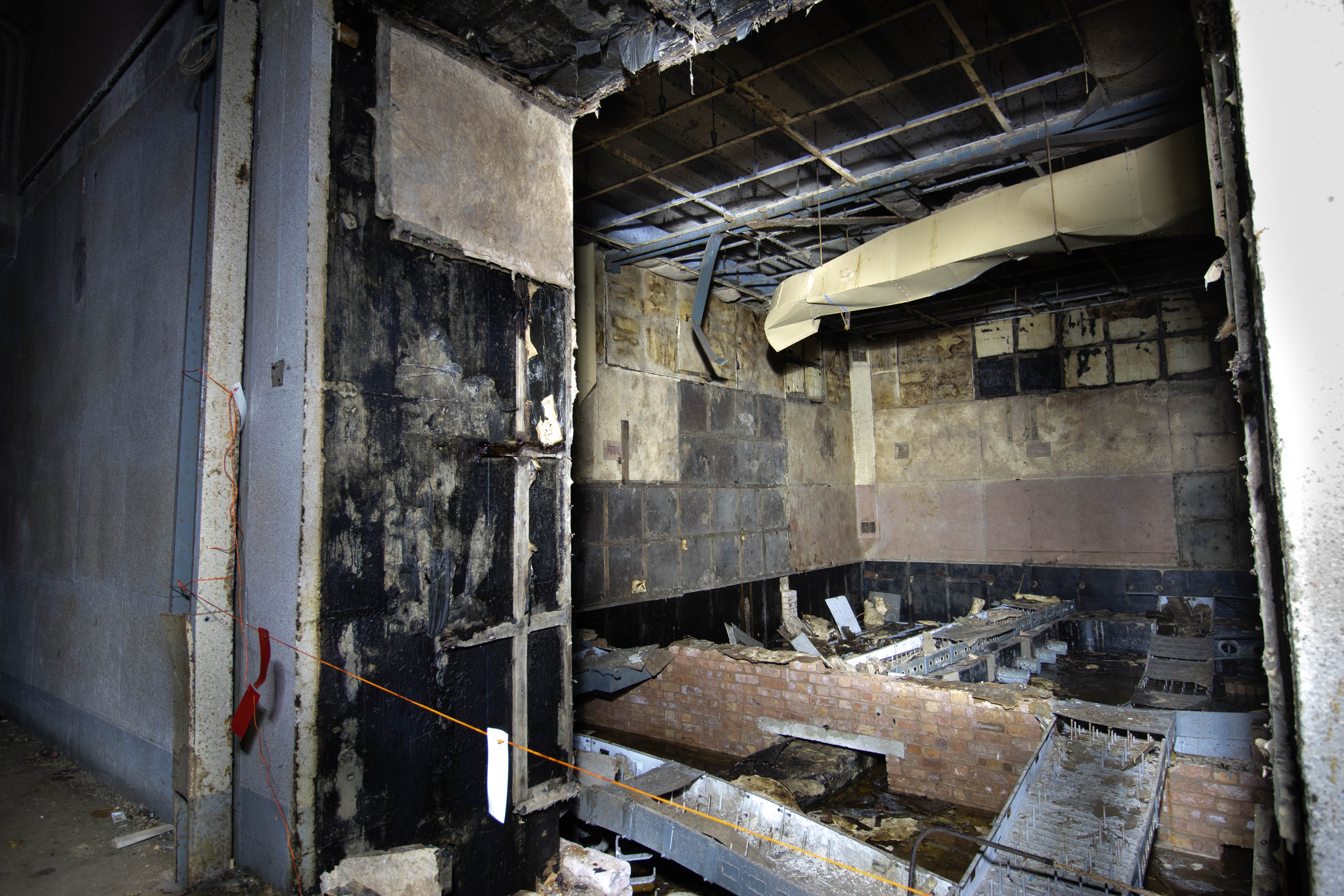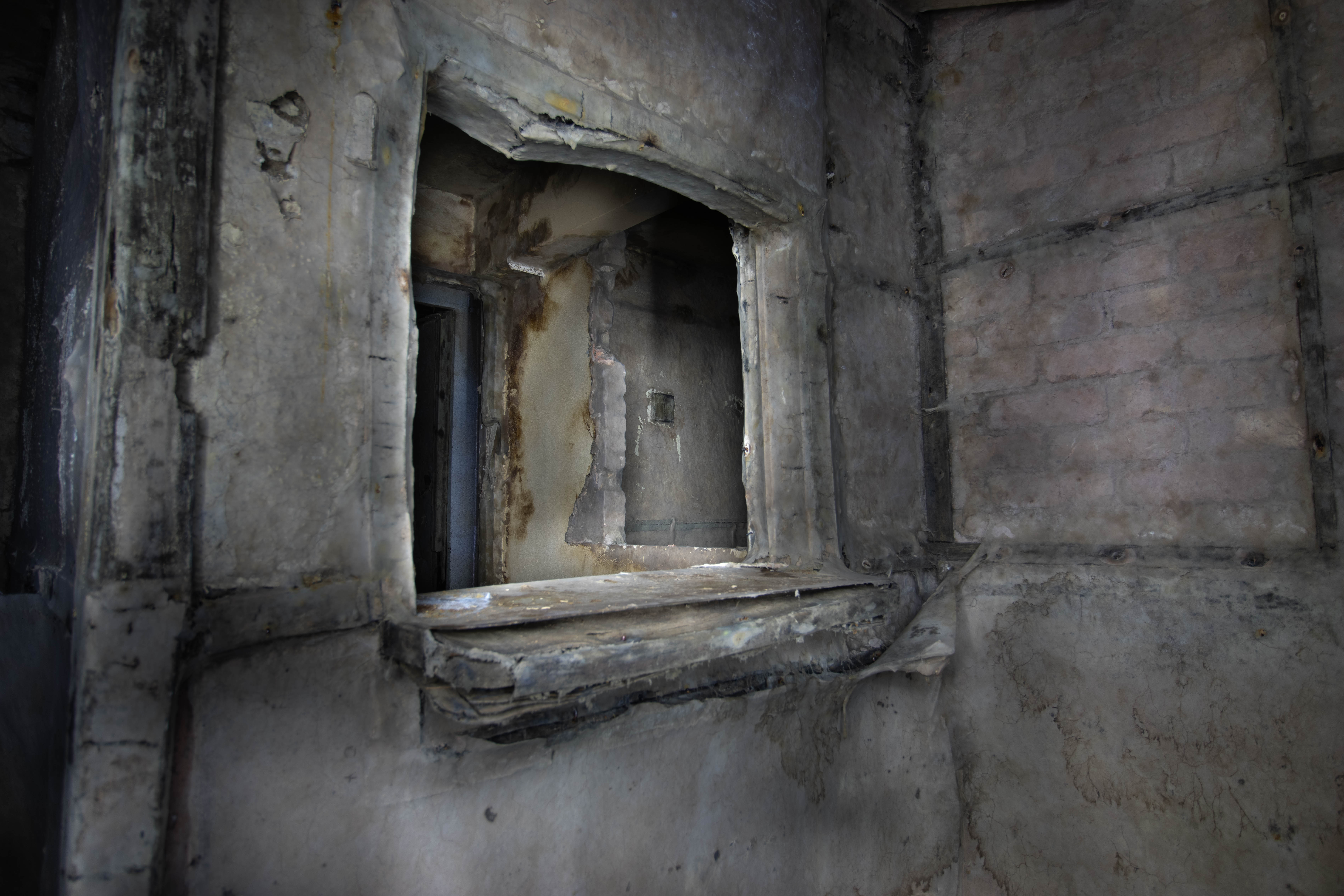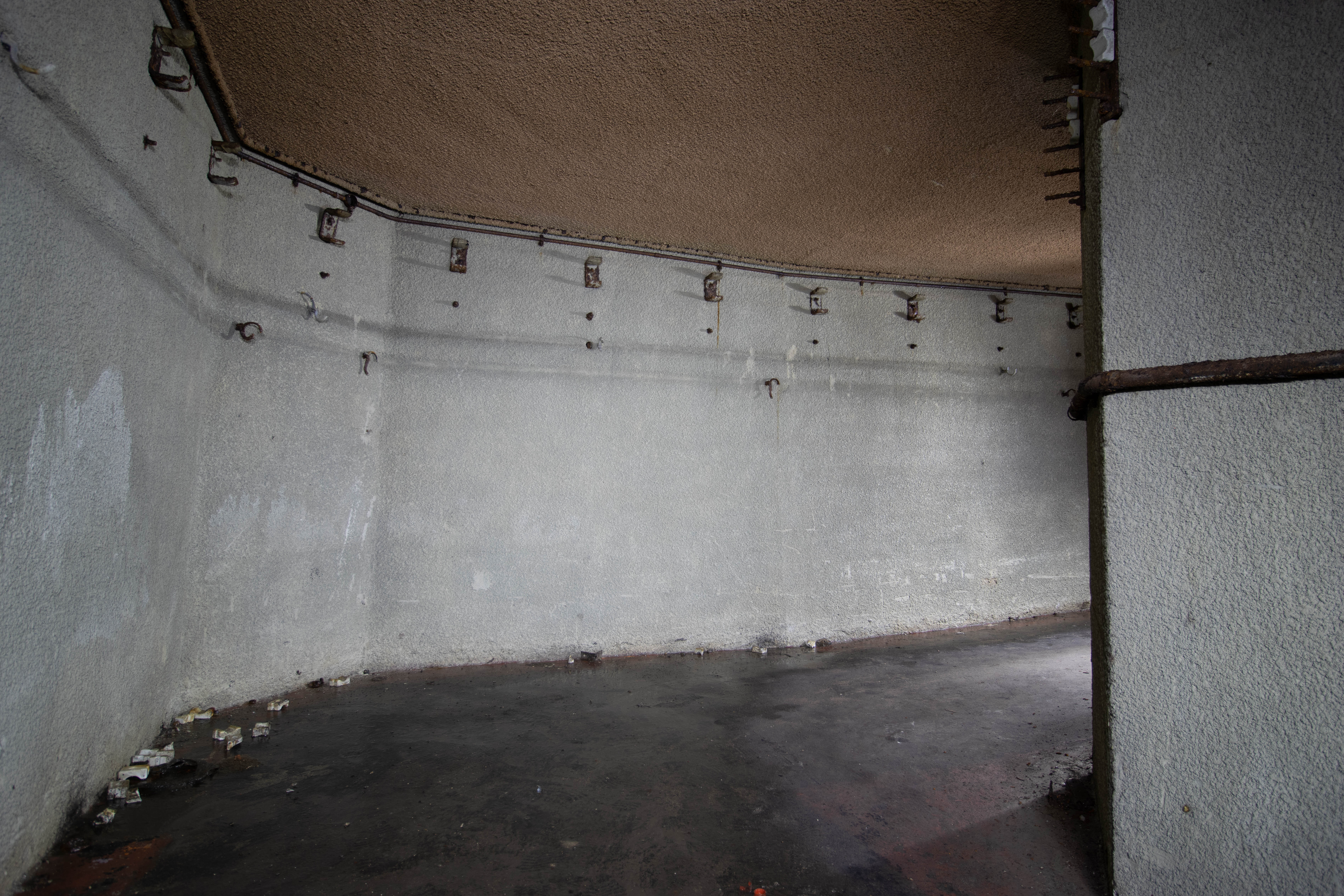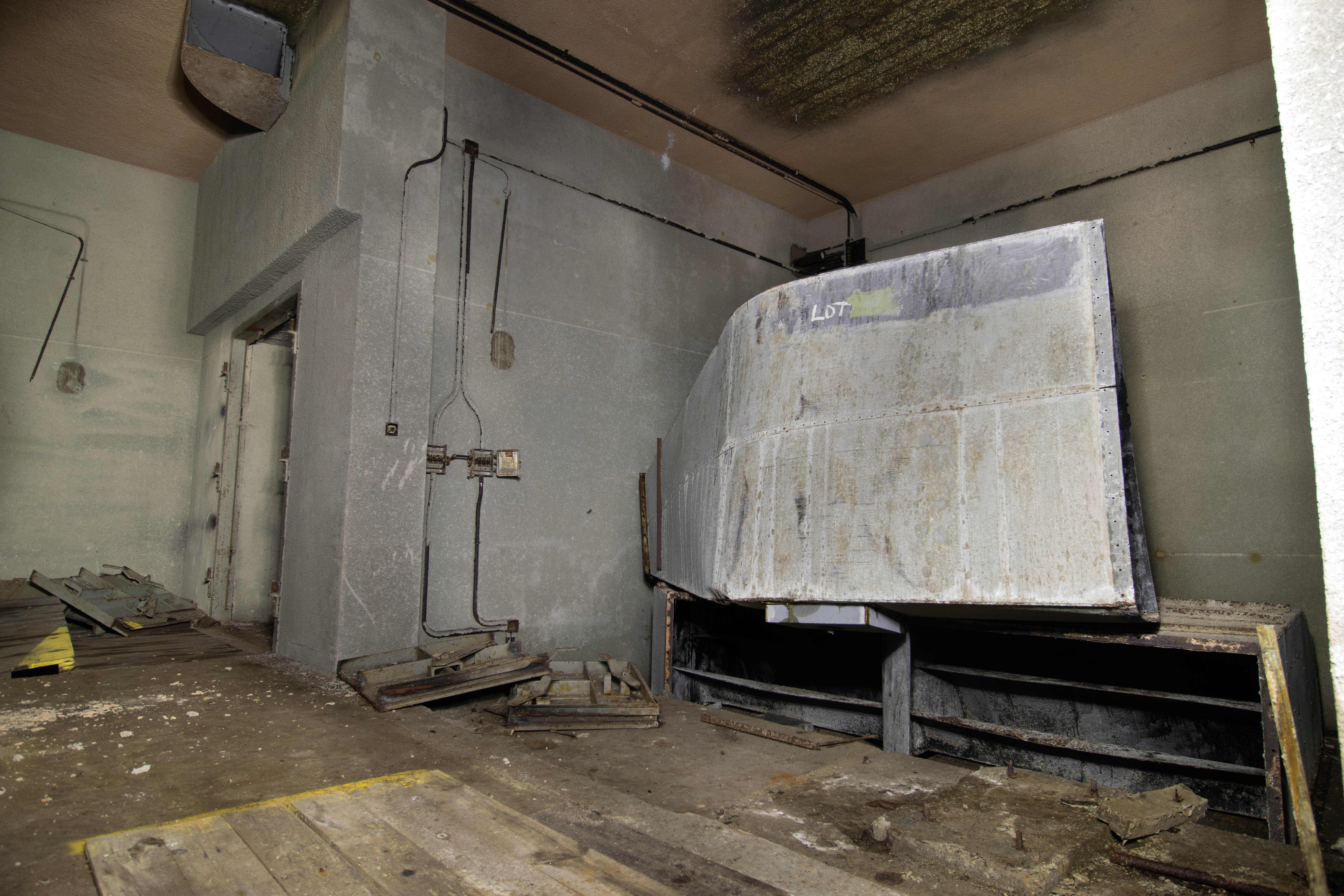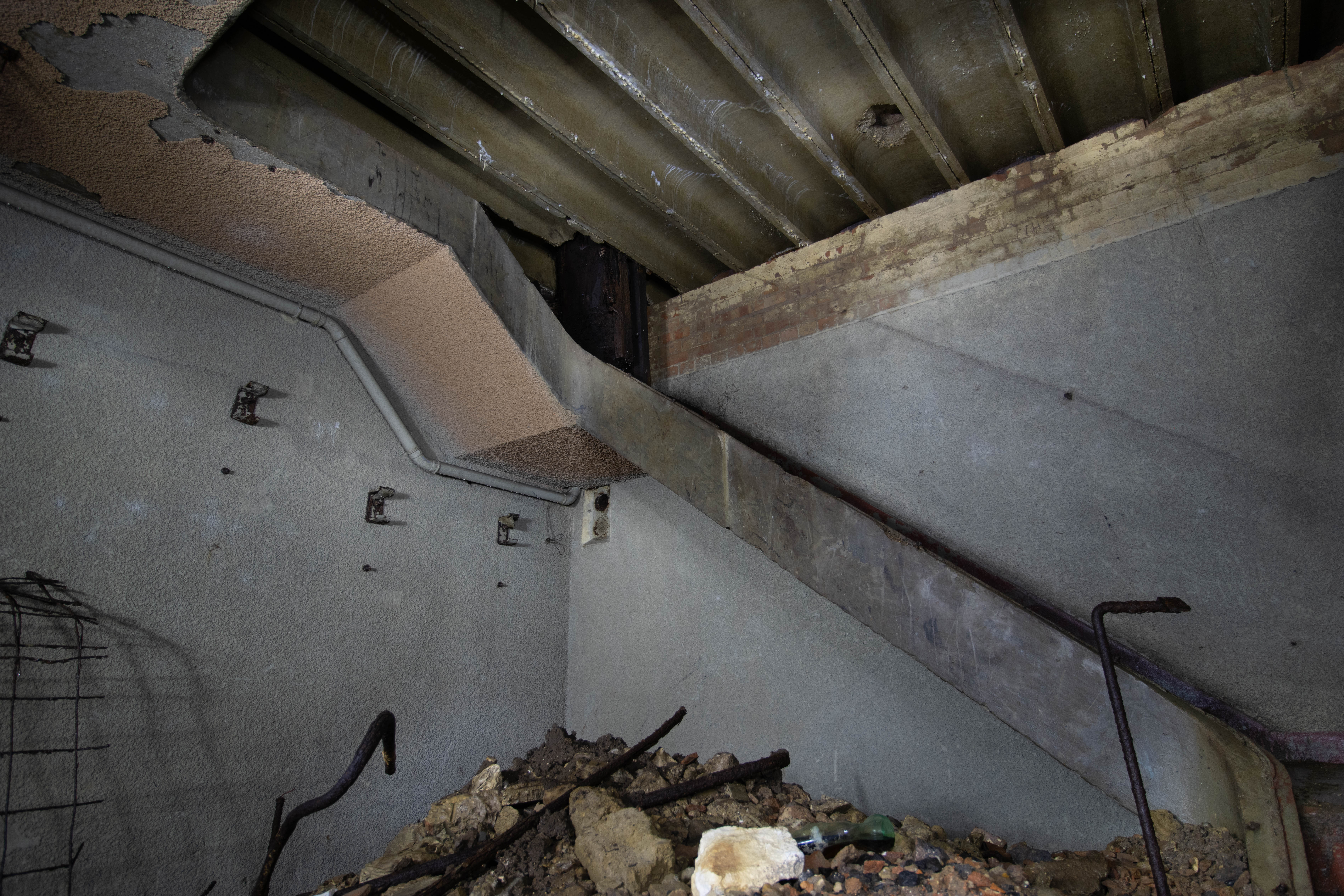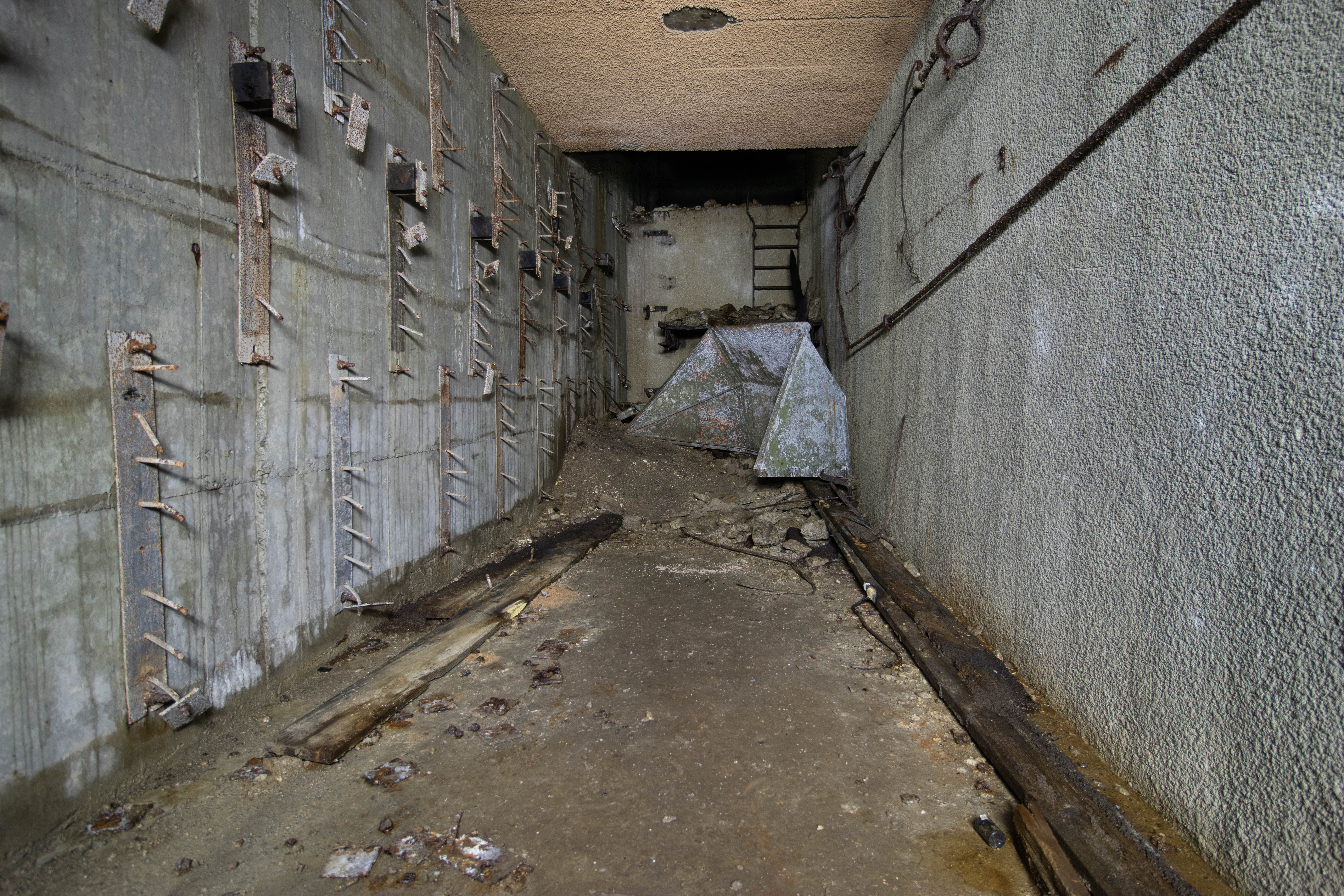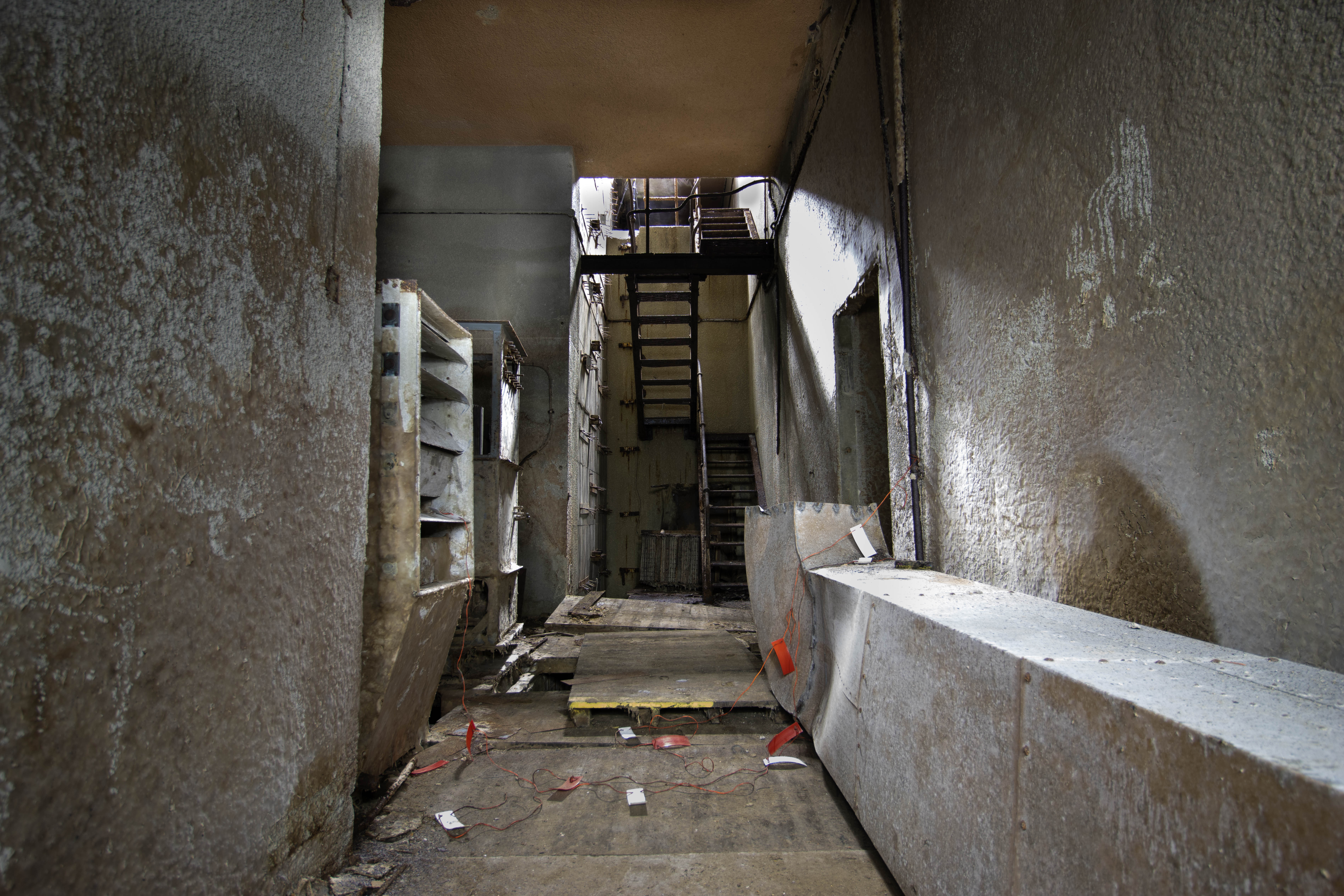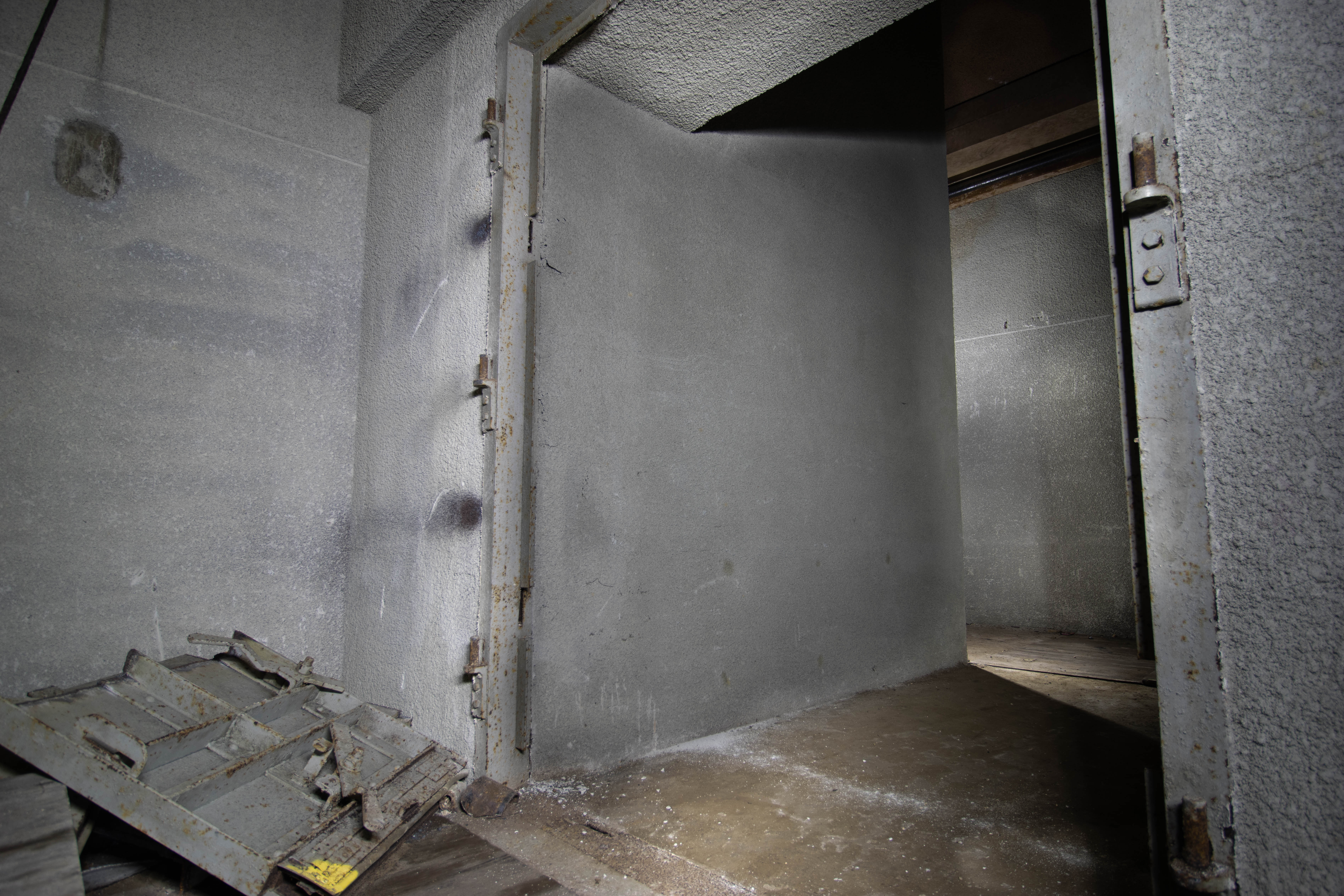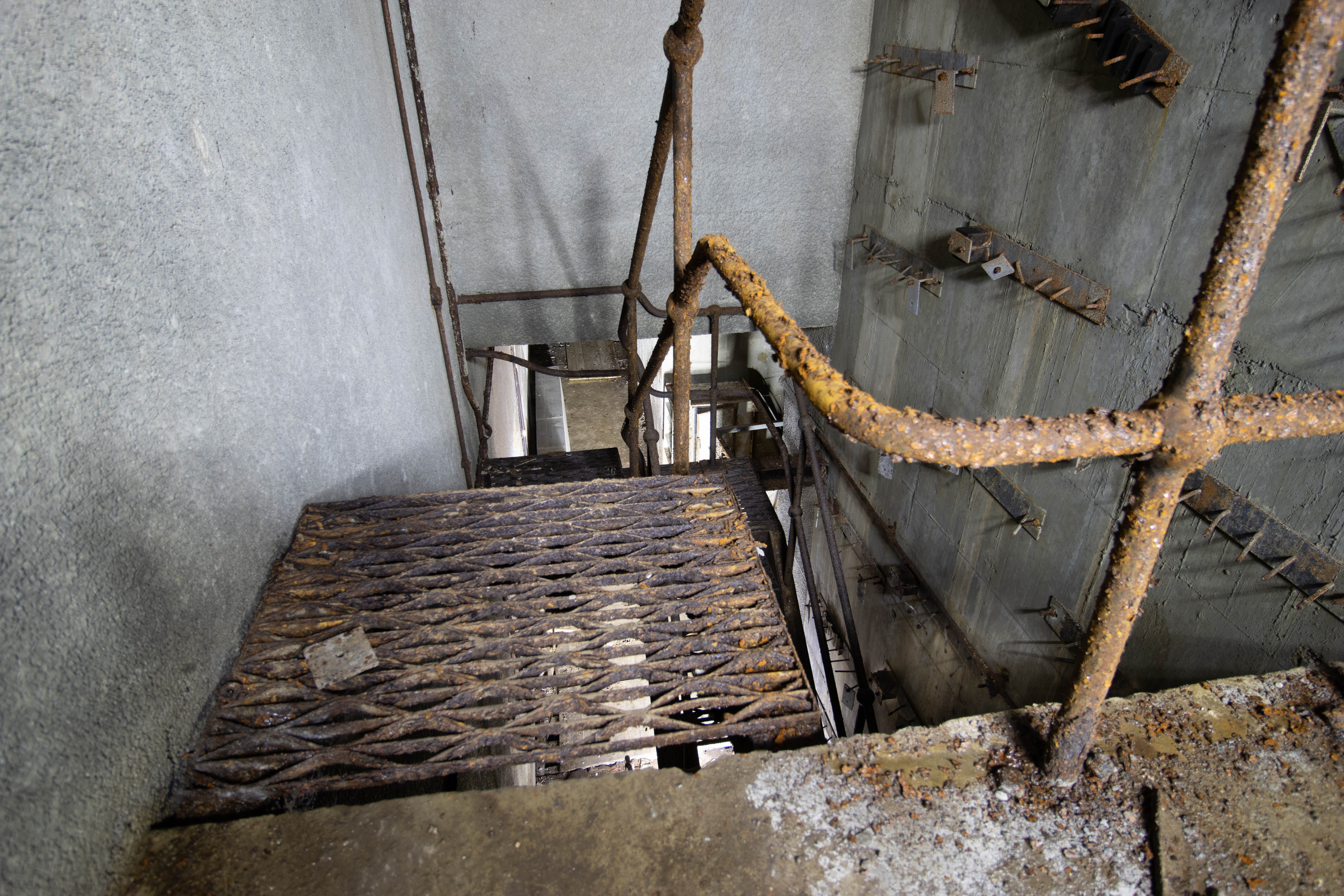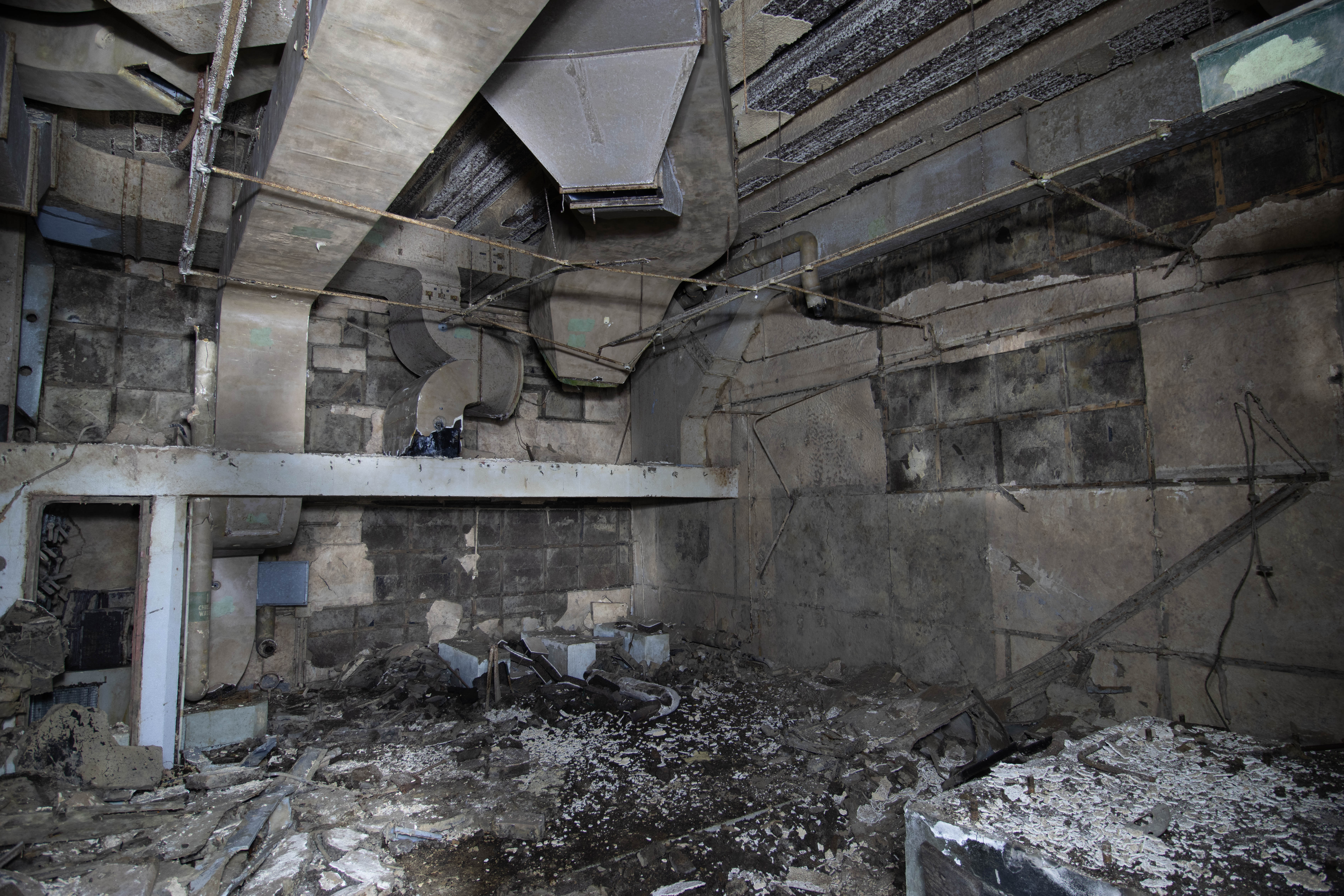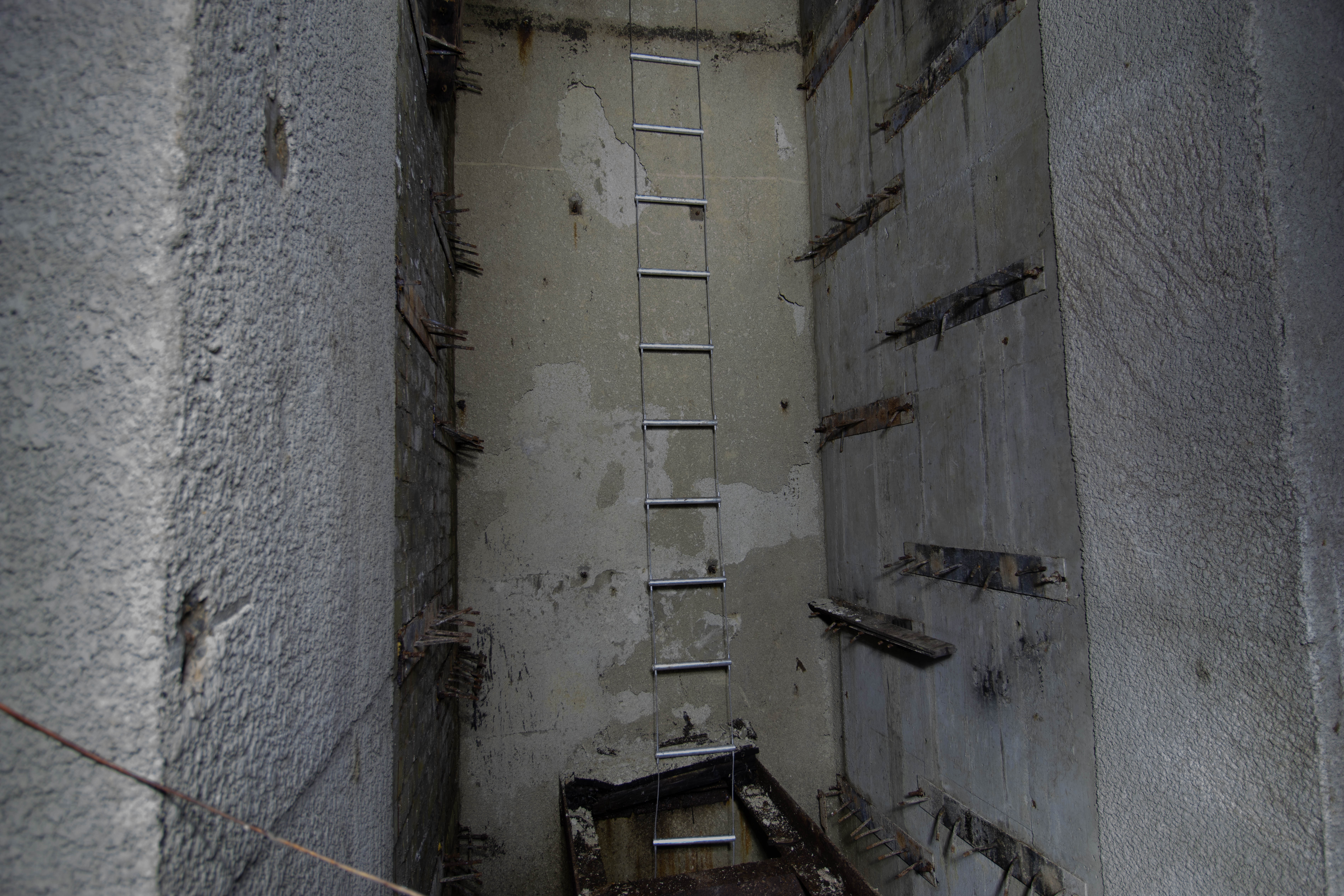Beachy Head R1 Rotor Radar Station
Beachy Head, located on the chalk cliffs near Eastbourne in East Sussex, has served a long-standing role as a site for navigation, defence, and rescue. Its modern story begins in 1826 when Rev. Jonathan Darby lit a warning beacon in a cliffside cave to protect ships from the treacherous South Westerly gales. Over the years, the warning system evolved into more sophisticated lighthouse structures, including the famous Belle Tout Lighthouse, which was eventually abandoned due to its tendency to be shrouded in fog. By the late 19th century, a Lloyds Corporation watch station was set up to monitor shipping traffic using a flag system. The station was taken over by the RAF during World War II and became part of Britain’s Chain Home radar defence network.
After WWII, Beachy Head transitioned back to peacetime use, with the return of tourists and a visible landscape scarred by war. Craters and shell holes dotted the area, while the Belle Tout Lighthouse remained in ruins. However, the emerging Cold War soon reasserted Beachy Head’s strategic importance. In 1950, under the secretive ROTOR plan, the British government planned an underground R1 radar installation to detect incoming Soviet aircraft. Initial planning resistance delayed the project, but it was eventually approved after heated negotiations, with the radar station officially designated as Site No. 3 (later “HEB”).
By early 1952, the underground facility had been constructed by local contractor George Wimpey, complete with domestic quarters for RAF personnel in Eastbourne and auxiliary power housed in a disguised generator barn. The radar station became operational in early 1953, and by 1954, it had been upgraded with the more advanced Type 80 radar. Despite its technical achievements, the site was placed on engineering standby by 1957 and closed entirely in 1960, as new defence priorities rendered it obsolete.
Efforts to repurpose the bunker ran into bureaucratic and financial hurdles. Eastbourne’s town clerk, Mr. Busby, tried for years to convert it into a civil defence hub, but despite temporarily halting an auction of its equipment, the plan was dropped. The bunker was eventually stripped of its valuables, and the guardhouse was taken over by local police. P.C. Harry Ward, a mounted officer with his horse “Jumbo,” became a familiar and beloved figure, known for his daring cliff rescues. After his retirement, the coastguard assumed responsibility for the area.
Demolition of the above-ground structures began in 1963 but proved difficult due to the buildings’ reinforced design. Explosives used by the 21st SAS had limited effect, and the task was eventually handed off to a civilian demolition company. Everything was removed except the guardhouse, which itself was finally demolished in 1996 during renovations. The bunker access was reduced to a single manhole, which was eventually sealed following repeated acts of vandalism.
Interest in the bunker resurfaced sporadically. In the 1980s, proposals emerged to convert it into a government facility or tourist attraction, but none materialised due to cost or lack of support. After a break-in through the manhole, the access point was sealed permanently by pushing a tree trunk into the shaft and covering it with chalk. Today, there is almost no visible evidence of the facility’s presence. Just a few concrete slabs hint at what lies beneath, while tourists unknowingly walk over the buried Cold War structure.
The bunker briefly reopened in early 2022 for a limited time, revealing an interior that was surprisingly well-preserved. There were some areas of pooled water and fungal growth, but structurally, it remained dry and in fair condition. Despite this, the council resealed the site once more, and it remains hidden from public view.

